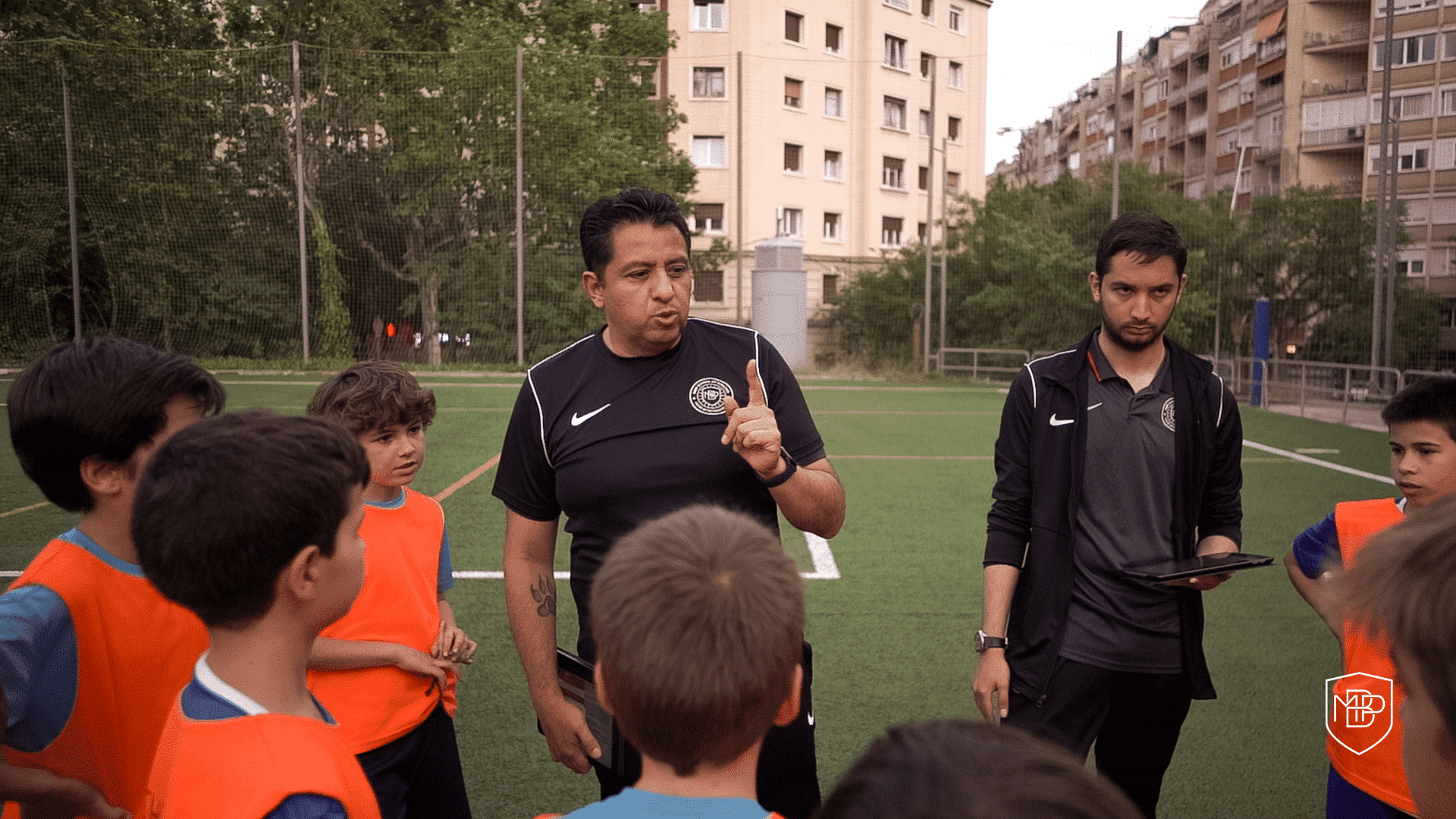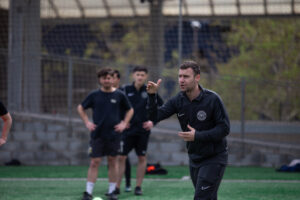Coaches often think of the training session as only the practical aspect on the pitch. However, a training session begins the moment the coach sets out to develop it on paper and ends when they evaluate it once the practical part is finished.
Therefore, a training session is a long process made up of three distinct phases, each with a specific objective and purpose.
1. Planning
The first phase refers to the aspects that the coach must prepare before the beginning of the session. In this preparation phase, the coach must record various aspects in a template such as the number of tasks to be performed, content to be trained and the different variables within the same task.
Likewise, the coach will also have to take into account other factors like the availability of space and players, the available equipment, the duration of the session, among other aspects.
Therefore, the main objective of this first phase is to leave nothing to improvisation, seeking to have all the tangible aspects under control.
2. Implementation
This second phase refers to the practical application of what has previously been established. In other words, the active part of the teaching-learning process.
Within this phase, all the elements that give true richness to the training, and which, in turn, are the direct responsibility of the coach, come into play.
In the first step, the different didactic strategies proposed by the coach are of great importance, since they are the fundamental tools to transmit the knowledge to be acquired to the players.
Therefore, the main objective will be to design didactic strategies that lead to the fulfilment of the proposed intentions, in addition to respecting the essence and specificity of the sport.
At the same time, the coach must also respect the characteristics of each phase of learning that the player is in.
Finally, another point to consider in the implementation phase is the way in which the information is transmitted to the players at each moment of the session. Choosing a teaching style according to the content and didactic strategy used will make the difference for the coach.
3. Evaluation
Finally, the last phase that the coach must be aware of within a training session is the evaluation phase. This stage allows us to provide feedback that is useful for analyzing and reflecting on the session, with the aim of improving future sessions.
The coach should dedicate some time to reflection and self-evaluation, in order to ensure the quality of the teaching, which is closely related to the quality of the information previously transmitted.
In short, it will be vital to reflect on the successes and on the mistakes that have occurred, which must be seen as opportunities to demonstrate and become aware of what needs to be improved in order to maximize the development of our players.








